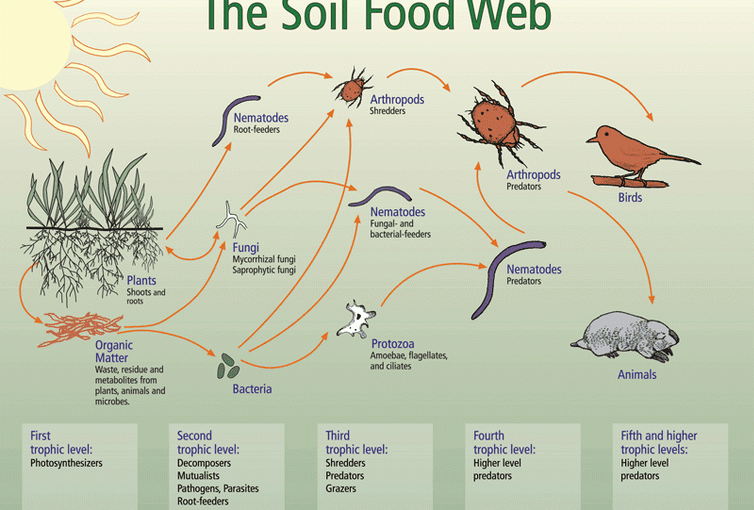Can We Beat SARS-CoV-2? Lessons From Other Coronaviruses – When news broke that a novel coronavirus SARS-CoV-2 had emerged, scientists like myself were grimly aware of how difficult this novel coronavirus would be to control. For context, my research focuses on engineering bacteriophages for use as therapeutics, whereby bacterial viruses (phages) are used to infect and lyse bacteria as a replacement for traditional antibiotics. Read More…
A Huge Discovery in the World of Viruses – Giant phages have been found in French lakes, baboons from Kenya, and the human mouth. – Your mouth is currently teeming with giant viruses that, until very recently, no one knew existed. Unlike Ebola or the new coronavirus that’s currently making headlines, these particular viruses don’t cause disease in humans. They’re part of a group known as phages, which infect and kill bacteria. But while many phages are well studied, these newly discovered giants are largely mysterious. Why are they 10 times bigger than other phages? How do they reproduce? And what are they up to inside our bodies? “They’re in our saliva, and in our gut,” says Jill Banfield of the University of California, Berkeley, who led the team that discovered the new phages. “Who knows what they’re doing?” Read More…
Animal Data Shows Fisetin to be a Surprisingly Effective Senolytic – It is exciting to see animal data arrive for some of the potentially senolytic compounds that may turn out to destroy enough senescent cells in mammals to be worth using as first generation rejuvenation therapies. As a reminder, the accumulation of senescent cells is one of the causes of aging; countless cells become senescent every day in our bodies, but near all are destroyed. A tiny fraction linger to cause significant harm through the inflammatory signal molecules that they secrete. If these errant cells can be removed, then inflammatory diseases and numerous aspects of aging can be turned back to some degree. The results in mice stand head and shoulders above all of the other approaches to aging in terms of reliability and breadth of benefits…Of the 10 flavonoids tested, fisetin was the most potent senolytic. Acute or intermittent treatment of progeroid and old mice with fisetin reduced senescence markers in multiple tissues, consistent with a hit-and-run senolytic mechanism. Fisetin reduced senescence in a subset of cells in murine and human adipose tissue, demonstrating cell-type specificity. Administration of fisetin to wild-type mice late in life restored tissue homeostasis, reduced age-related pathology, and extended median and maximum lifespan. Read More…
Flavonoids: An Overview – Flavonoids, a group of natural substances with variable phenolic structures, are found in fruits, vegetables, grains, bark, roots, stems, flowers, tea and wine. These natural products are well known for their beneficial effects on health and efforts are being made to isolate the ingredients so called flavonoids. Flavonoids are now considered as an indispensable component in a variety of nutraceutical, pharmaceutical, medicinal and cosmetic applications. This is attributed to their anti-oxidative, anti-inflammatory, anti-mutagenic and anti-carcinogenic properties coupled with their capacity to modulate key cellular enzyme function. Read More…
Chemistry and Biological Activities of Flavonoids: An Overview – Flavonoids consist of a large group of polyphenolic compounds having a benzo-γ-pyrone structure and are ubiquitously present in plants. Flavonoids are hydroxylated phenolic substances and are known to be synthesized by plants in response to microbial infection. Many flavonoids are shown to have antioxidative activity, free radical scavenging capacity, coronary heart disease prevention, hepatoprotective, anti-inflammatory, and anticancer activities, while some flavonoids exhibit potential antiviral activities. In plant systems, flavonoids help in combating oxidative stress and act as growth regulators. Read More…
Fisetin is a senotherapeutic that extends health and lifespan – The natural product fisetin has senotherapeutic activity in mice and in human tissues. Late life intervention was sufficient to yield a potent health benefit. These characteristics suggest the feasibility to translation to human clinical studies.

